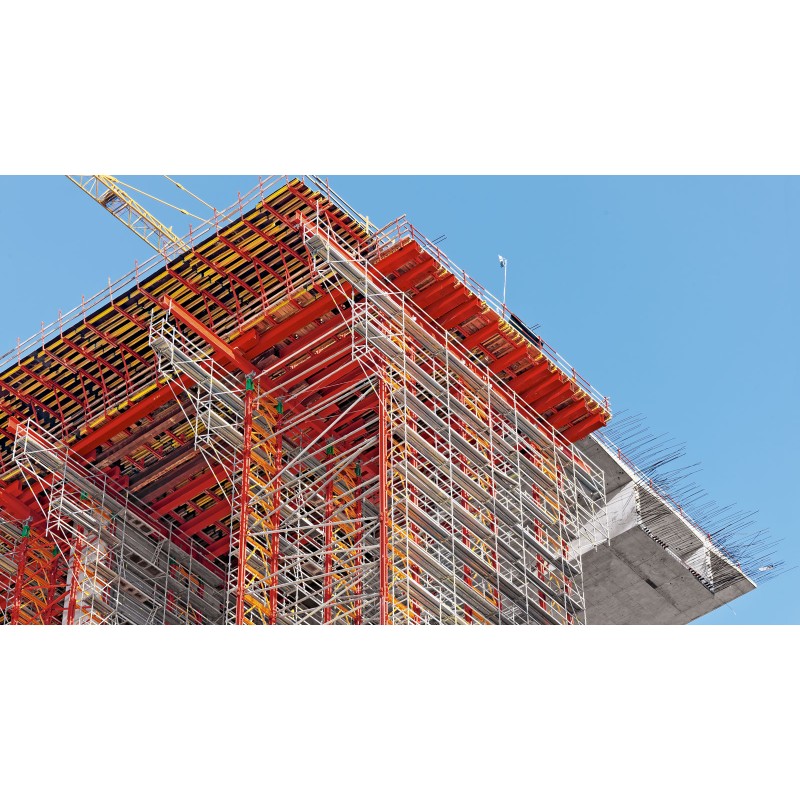- On sale!






Scientific background and overview of the subject history
2-1 Introduction
It has been nearly 40 years since construction and geotechnical projects were recognized as useful products in the world. Arms have been used in many projects during this time, and their use and production growth has been very rapid. Weapons are so versatile in use and diversity that they can be used almo

Security policy (edit with Customer reassurance module)

Delivery policy (edit with Customer reassurance module)

Return policy (edit with Customer reassurance module)
Scientific background and overview of the subject history
2-1 Introduction
It has been nearly 40 years since construction and geotechnical projects were recognized as useful products in the world. Arms have been used in many projects during this time, and their use and production growth has been very rapid. Weapons are so versatile in use and diversity that they can be used almost anywhere in the world, and Iran is no exception. The use of soil reinforcement methods to solve many geotechnical engineering issues such as soft bed consolidation, slope stability, increased capacity Bearing, seat reduction, etc., are common. Most methods of designing reinforced structures are based on the limit equilibrium assuming the location and shape of the fracture mechanism. In addition, this method assumes that the fracture mechanism is the same as the unarmed soil proposed by (Terzaghi, 1943), and that the reinforcing effect in design calculations is introduced as the effect of tensile strength. This idea has also been used in research on reinforced soils and slopes by many researchers including (Leshchinsky & Reinschmidt, 1985) and (Lesniewska, 1992). The researchers used a simple calculation method and assumed that soil and reinforcement materials could be treated separately. However, there is an interaction between soil and reinforcing materials, and it seems that the mechanism of disintegration of reinforced soils is due to the tensile properties of reinforcing materials.
Extensive laboratory investigations have been carried out on the bearing capacity of the foundation, but few have been carried out on the armed soil. In a study conducted directly to determine the failure mechanism (Huarg & Totsuoka, 1990), a method was used to predict the bearing capacity of sand reinforced with tensile materials that was placed horizontally beneath. (Miyazaki & Hirokawa, 1992) investigated the bearing capacity and saturation of sand with geogrid [1] by laboratory model. However, due to the severe effect of the scale on the bearing capacity, a centrifuge test was conducted by (Takemura et al., 1992) to investigate the gradual mechanism of failure in the armed soils. (Binquet & Lee, 1975a, b) investigated the bearing capacity of surface substrates on reinforced soil and presented a method for design. According to their observations, the disruption of the armed soil is divided into three categories shown in Figure (2-1).
1) Shear failure mechanism above the first layer of reinforcing surface:
This breakdown mechanism is schematically illustrated in Fig. 2-1 (a). This type of fracture occurs when the depth of the first reinforcing layer is much higher than the bottom so that the wedge fracture in the ultimate bearing state extends completely to the top soil of the reinforcers. In this case, the guns have almost no positive effect on the surface load capacity of the surface. To prevent this failure, the first reinforcing layer must be positioned at an appropriate depth relative to the bottom of the foam.
2) Mechanism of rupture due to evacuation of guns:
This failure mechanism is schematically illustrated in Figure (2-1 (b)). This type of disruption occurs when the reinforcement is inadequate for the reinforcers and, as a result of the force created by them, the reinforcers are pulled out. The amount of inhibitory resistance depends on several factors such as soil and reinforcer characteristics, effective vertical stress and elongation of reinforcers. Design should be done in such a way that this kind of instability does not occur in the arable soil. To prevent this type of rupture, the prolongation of the armature may be sufficiently extended behind the potential rupture zone to provide the required reinforcing restraint force.
3) Tensile failure mechanism of the armature:
This failure mechanism is schematically illustrated in Figure (2-1 (c)). In this type of mechanism, the upper layers become torn as a result of excessive tensile stress in the armature. The design shall be such that the reinforcers are not disrupted by operating stresses. In other words, the goal is to maximize the use of reinforced tensile strength.
4) The mechanism of fracture due to long-term deformation (creep):
This failure mechanism is schematically illustrated in Figure (-1-1) (d). This type of failure occurs when permanent surface loads creep in the armaments. As a result of the creep of the reinforcers and the consequent stress reduction, there is an over-saturation in the armed soil mass. To prevent this type of disruption to the arable soil mass, the permissible stresses of the reinforcers must be chosen sufficiently small at the time of design.
The beneficial effect of using geogrids in soil to increase bearing capacity and reduce subsidence is now well known. Most research on laboratory models of sand has been carried out by (Guido et al., 1985), (Akinmusuru & Akinbolade, 1981, (Khing et al., 1993) and (Omar et al., 1993)). et al., 1987) the effect of different parameters on the bearing capacity
[1] -Geogrid
2-Centrifuge Test
Data sheet